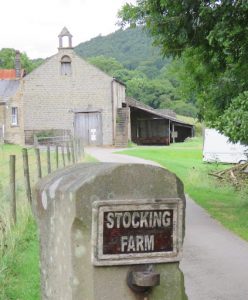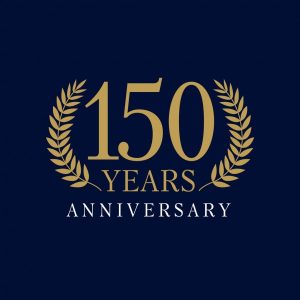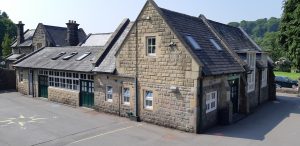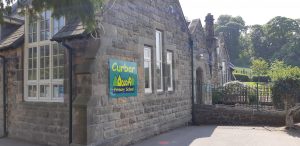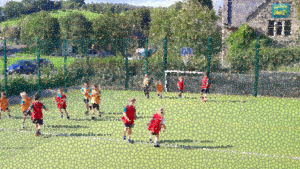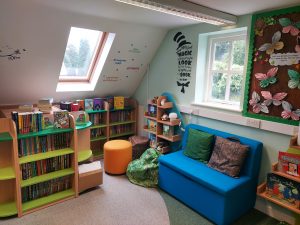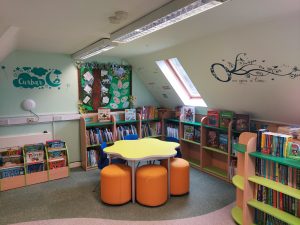- TEAM CURBAR
- OUR LEARNING
- Curbar Curriculum
- Teaching and Learning at Curbar 2023 – 2024
- Bumble Bees – Reception
- Busy Bees – Years 1 and 2
- Birch – Years 3 and 4
- Elder – Years 5 and 6
- Remote Learning
- Forest School and Outdoor Learning at Curbar
- Purple Mash
- How to stay safe online
- ALL ABOUT US
- PARENT ZONE
- INFORMATION
- Safeguarding is everyone’s business!
- Admissions Information 2023 – 24
- Anti Bullying Commitment
- End of Key Stage results 2018 – 19
- GDPR (General Data Protection Regulations)
- Pupil Premium and Recovery Premium 2023
- PE and Sport Premium 2023
- OFSTED
- SEND Information 2023 – 24
- School Policies and Procedures
- School Improvement 2023 – 24
- CONTACT

- TEAM CURBAR
- OUR LEARNING
- Curbar Curriculum
- Teaching and Learning at Curbar 2023 – 2024
- Bumble Bees – Reception
- Busy Bees – Years 1 and 2
- Birch – Years 3 and 4
- Elder – Years 5 and 6
- Remote Learning
- Forest School and Outdoor Learning at Curbar
- Purple Mash
- How to stay safe online
- ALL ABOUT US
- PARENT ZONE
- INFORMATION
- Safeguarding is everyone’s business!
- Admissions Information 2023 – 24
- Anti Bullying Commitment
- End of Key Stage results 2018 – 19
- GDPR (General Data Protection Regulations)
- Pupil Premium and Recovery Premium 2023
- PE and Sport Premium 2023
- OFSTED
- SEND Information 2023 – 24
- School Policies and Procedures
- School Improvement 2023 – 24
- CONTACT
- TEAM CURBAR
- OUR LEARNING
- Curbar Curriculum
- Teaching and Learning at Curbar 2023 – 2024
- Bumble Bees – Reception
- Busy Bees – Years 1 and 2
- Birch – Years 3 and 4
- Elder – Years 5 and 6
- Remote Learning
- Forest School and Outdoor Learning at Curbar
- Purple Mash
- How to stay safe online
- ALL ABOUT US
- PARENT ZONE
- INFORMATION
- Safeguarding is everyone’s business!
- Admissions Information 2023 – 24
- Anti Bullying Commitment
- End of Key Stage results 2018 – 19
- GDPR (General Data Protection Regulations)
- Pupil Premium and Recovery Premium 2023
- PE and Sport Premium 2023
- OFSTED
- SEND Information 2023 – 24
- School Policies and Procedures
- School Improvement 2023 – 24
- CONTACT
At some time between 1817 and 1833 a Sunday School was started in Calver, in the room above the barn at Stocking Farm, which was already used as a church. The barn still has its belfry and the bell from that belfry hangs in the passage between the existing main school building and school house.
When the 1833 Factory Act was passed the school room was used on six days of the week for the young workers at Calver Mill. Every child between the age of nine and eleven had to produce a certificate to say that he had been “schooled” for two hours each day of the previous week. The school at Stocking Farm was administered by the management of the Mill, who appointed the teacher. Their educational theory was to teach reading (especially the Bible) to all and writing to the brighter scholars. Arithmetic is not mentioned. “We are of the opinion” they said ” that it is more conducive to the welfare of our people to endeavour to make them enlightened Christians than wise in worldly knowledge. We do not want statesmen in our factories, but orderly subjects.” However, there was a more human side to them – “We endeavour to give relaxation to the body during school hours by letting children sit or, if convenient, by letting them lie occasionally; of course at the discretion of the teacher, upon whom the whole welfare of the school depends.”
During the smallpox scare of 1863, fifteen children were vaccinated at their school. The present school was built in 1871, as a National School, thanks to the efforts of Rev. P. F. Salt and the churchwardens of the day. This reflects great credit on the church authorities of Curbar who moved so quickly after the 1870 Education Act. The total cost was one thousand pounds and the Duke of Devonshire was one of the principal donors. During 2021, we will be celebrating our 150th birthday!
The building consisted of two rooms, one for the younger pupils and one for the older children. There were, on 1st May 1871, 104 pupils in the school. The majority of them left at ten or eleven years of age to start work. The headmaster at that time was Mr. John Barker, who had been head of the school at Stocking Farm since 1856 and who remained as head until 1886. Visitors might be interested to see his grave, which is in the churchyard immediately outside the school gate.
In 1911 the heating system was installed, replacing the old stone fireplace. In 1919 the management of the school was transferred to the Education Committee, who undertook to do a great deal of alteration and improvement. In the early 1970’s, School House ceased to be lived in and became part of the school. It now provides teaching areas, stock rooms and a staff room. At about the same time the terrapin classroom and old office were installed on land leased from Cliff College.
During the autumn term of 2002, major works were undertaken to construct a new teaching area, increase the size of the kitchen and create a new upstairs office. The current KS1 classroom (‘The Beehive’) was constructed and opened in 2012. And in the summer of 2015, the roof and windows on the old part of the school were fully replaced to ensure a warmer and water tight Curbar Primary School.
This coincided with the completion of the wonderful MUGA (Multi Use Games Area) that was finally completed in autumn 2015, providing a great space for children to play and keep healthy.
In 2020, it was decided to create a new library and learning hub for our children in the old office. The work, funded by the PTFA, was completed in September 2021. In September 2023, the existing lighting was replaced with modern LED replacements to provide a more comfortable and efficient school.
© Copyright 2023 Curbar Primary School
Telephone- 01433 630266 | Email- enquiries@curbar.derbyshire.sch.uk
